- Home
- Animal Trapping
Animal Trapping
This post may contain affiliate links so I earn a commission.
Animal trapping is a method of harvesting animals by using a device to remotely catch them for food, fur or for pest control.
It's been around for centuries and it's even believed to be one of the first methods of hunting.
Today we typically don't trap for food, we trap to harvest animals as furbearers or for nuisance control.
If you're like me, you probably associate trapping with walking though a swamp or ditch bank with waders on while carrying a bucket full of steel traps.
Or maybe even dragging a sled across the ice to check a line of beaver or muskrat sets you made the day before.
Eager, optimistic and hoping you were successful.
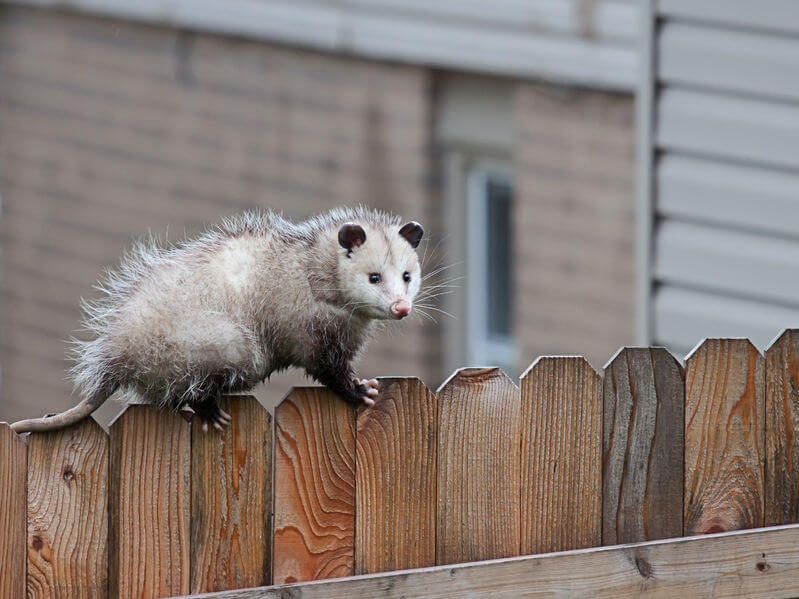
However....what about the mouse trap in your basement or that homemade fruit fly trap near your sink?
Yep....just another form of trapping.
You don't have to be a hard core outdoor enthusiast to learn about trapping.
In fact, a lot of us do it everyday and we don't even realize it.
Have you ever had a mole removed from your front yard or a skunk, opossum, or armadillo living under your deck?
As more and more homes are built adjacent to woodland areas it's only a matter of time before we share our backyard with a neighboring animal.
Sometimes a well placed trap used to relocate the animal is best for both the homeowner and the nuisance animal.
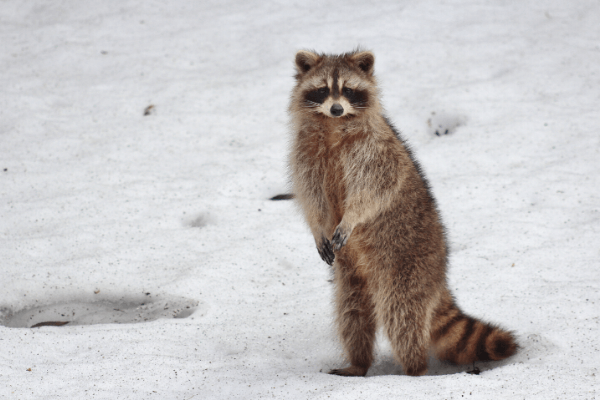
This is where live traps are very useful.
They offer a great way to catch a nuisance raccoon or other animal without injuring them, which allows you to quickly and easily relocate them to another area away from your home.
The History Of Animal Trapping
How did it all begin? How has it changed over centuries of trial and error?
Todays trapping methods are much different from our ancestors.
Although the general concept is the same, the tools and traps that we've used have evolved. Read here to learn about our trapping history.
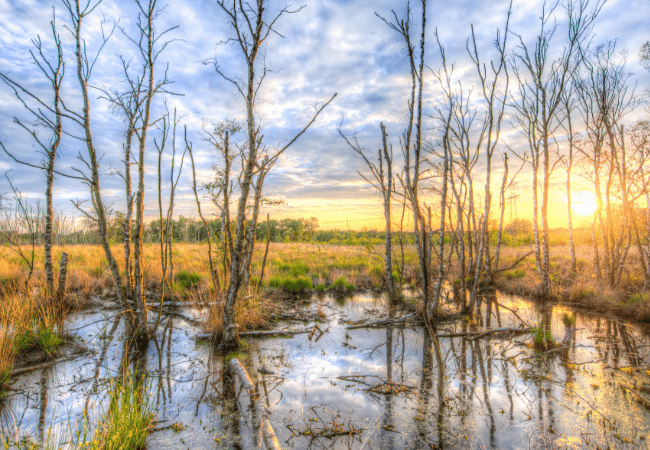
Unfortunately, many people associate trapping with large saw toothed steel traps that look like a sharks mouth waiting for an unsuspecting victim.
While this style may have been used in the past, today's traps are much different.
From offset traps to dog proof raccoon traps, todays traps are safer for everyone involved.
Read here for an overview of outlawed trapping devices that are no longer legal to use.
How To Begin
As fur prices fluctuate, more and more people are either getting back into the sport or they are starting out for the first time.
Although trapping furs for profit sounds great, most of us do it as a hobby or as a way to keep animal numbers under control.
By the time you factor in your time, trapping supplies and gas, you're lucky to break even.

So why do we do it?
Easy....It's an activity we love and it's a great way to pass down ethical values to the next generation.
If you want to learn more about trapping and you need some help getting started, read this article on tips for trapping.
Here you'll find a lot of great information that will get you pointed in the right direction and save you years of trial and error.
Have you ever thought about trapping a marten?
Marten are abundant and offer a great way to create easy sets for beginners, like a leaning pole set.
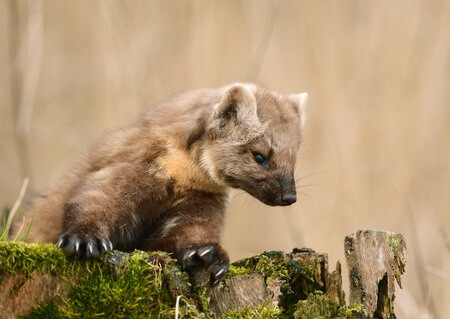
Read this article about marten trapping which explains in detail how to successfully trap your first pine marten.
Although they're not the most popular furbearer to trap, badgers can cause a lot of damage to agricultural fields and buildings due to their ability to dig huge holes in a matter of minutes.

To learn more, read this article that explains everything you need to know about trapping badgers.
Basic Trapping Sets
To make things easy we've compiled a list of popular animal trapping sets for a variety of different furbearers.
It's impossible to cover every possible set, trick or technique that many trappers have learned over the course of a lifetime.
However, there are a few basic sets that work really well and should be in every trappers playbook.
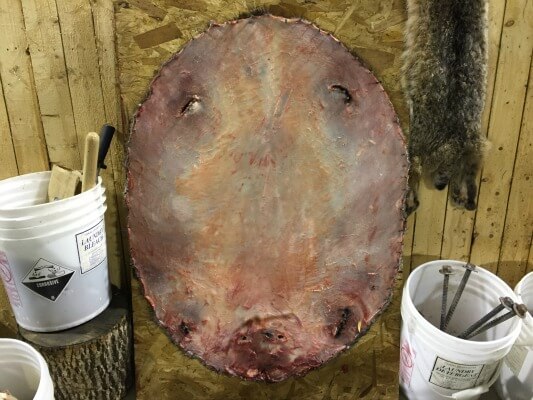
Look at the basic animal trapping sets below and click on the link for a full description of the set and step-by-step details on how to construct them.
Crossover Set - Although this set can be used on a variety of furbearers where two bodies of water are separated by a small strip of land, we'll show you a quick and easy way to make a mink or muskrat crossover set using a brick and a 110 conibear trap.
Dirt Hole Set - A basic set used to target fox and coyote in an open field setting.
Beaver Trapping Sets - A handful of the best sets used to trap a beaver. We'll show you how to make a den set, castor mound set and explain which baits work the best for catching a beaver.
Rabbit Snare - Snares can be used to catch a variety of different animals, including rabbits.
This article will show you how to make a basic snare which can be used to catch just about anything.
Snares work great because they're easy to set and they're cheap.
Homemade Live Trap - Check out these free live trap plans! I've been using this design for over 25 years and it works great.
If you want to trap a smaller animal like a squirrel, rabbit, opossum or raccoon, this trap is amazing.
Animal Trapping - Overall
Animal trapping is a great way to control overabundant wildlife and it's even used to help relocate threatened or endangered species.
It's regulated by wildlife experts and conservationists who care about the environment and they're constantly looking for ways to improve the sport.
Whether you live in a rural area and you want to set a small #1 foothold trap to catch a muskrat or you live in the city and simply need an effective way to trap a mouse, we all can learn and benefit from certain trapping techniques.
So go ahead and give animal trapping a try....I think you'll love it!



